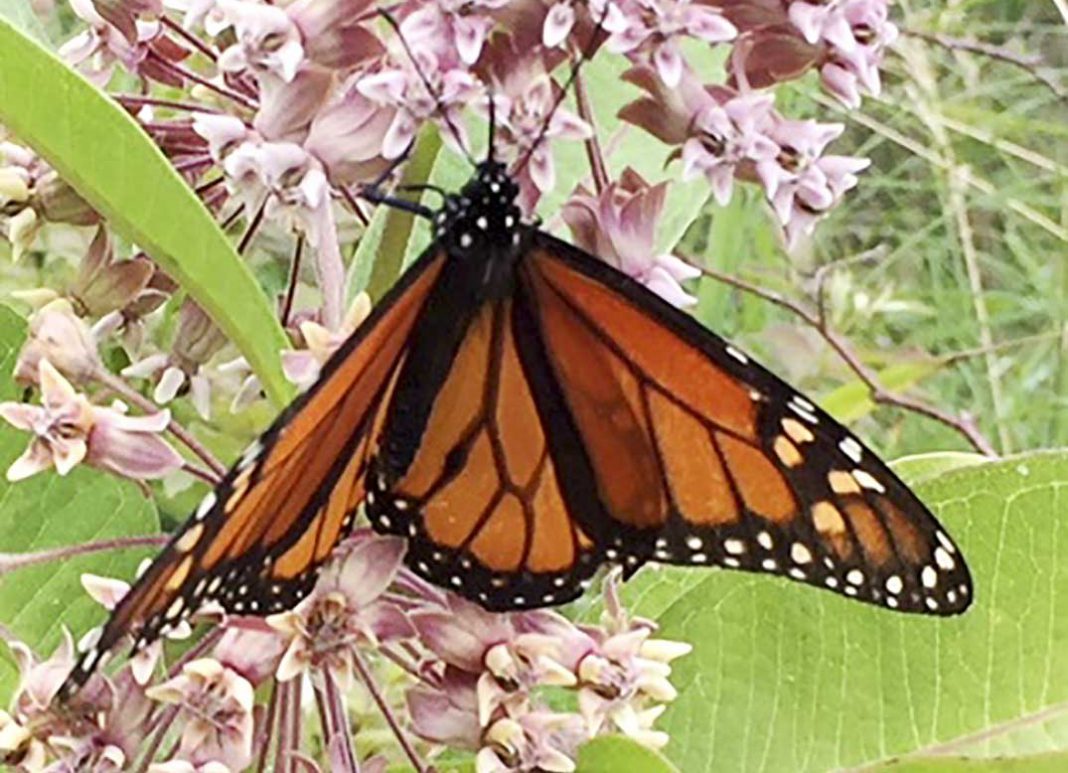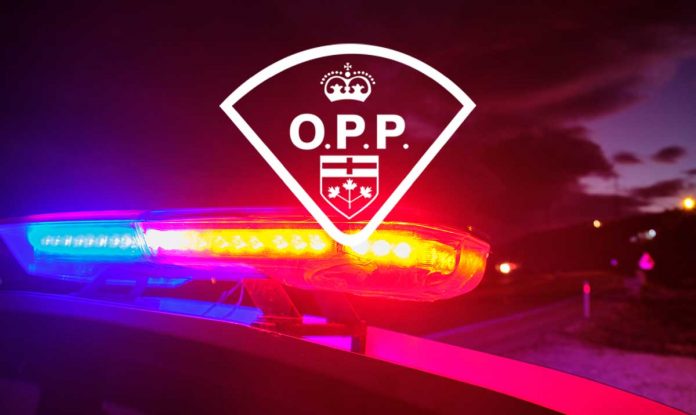MANITOULIN – How are monarch butterflies doing on Manitoulin Island? That is what the Species at Risk Program of Wiikemkoong Unceded Territory (WUT) is trying to find out. They are hosting their second annual Island-wide monarch count this weekend. Anyone on the Island is invited to search any Manitoulin location for the distinctive orange and black butterflies or their yellow and black larvae (caterpillars).
Counting can be done anytime, Friday, Saturday or Sunday. Instructions for the count, along with a tally sheet and general information about monarchs is available on Facebook pages of Wikwemikong Species at Risk (old spelling), the Manitoulin Phragmites Project and Manitoulin Streams. The data can be submitted by email. Final results will be posted on Facebook and reported in The Manitoulin Expositor.
An organized count will be held Saturday from 10 am to 12 pm at Providence Bay beach, coordinated by Dr. Shorthouse. Providence Bay has a very large population of monarchs. Counting will also be organized Saturday starting at 10 am at the Wiikwemkoong Marina with biologist Judith Jones. Forms and instructions can also be picked up Saturday in Sheguiandah at the Centennial Museum.
Monarch butterflies are at risk and listed as a species of special concern. The legal designation means they are on the watch list in case they get into further danger. Most of the threats to monarchs occur in Mexico in the very limited area where these migrants over winter. However, Canadians can help monarchs by making sure there are plenty of milkweed plants available. Milkweed is the only food eaten by the larvae, so these plants are vital for the monarchs’ survival.
In addition to data on numbers of adults, larvae, and eggs, the WUT species at risk program is also interested in hearing about very large patches of milkweed or large populations of monarchs, even if they are not counted.





